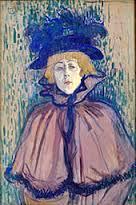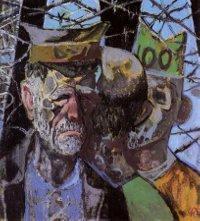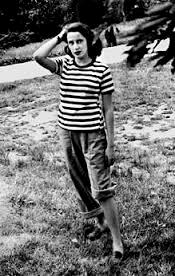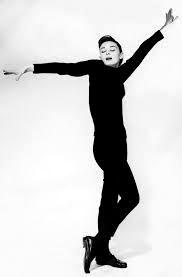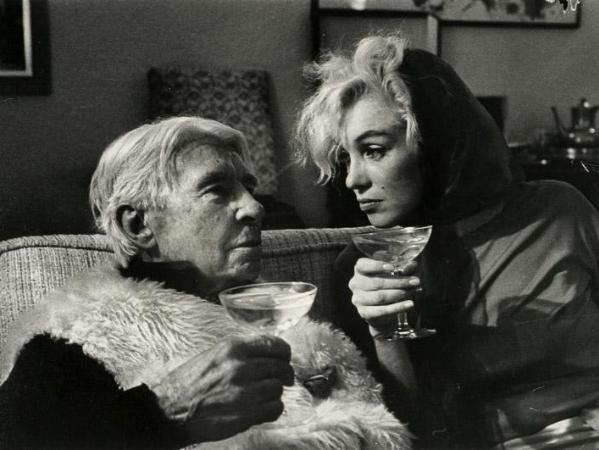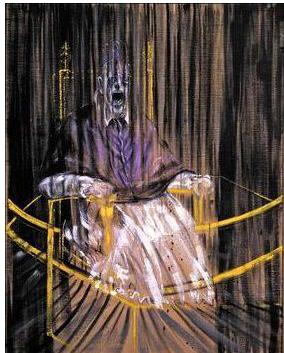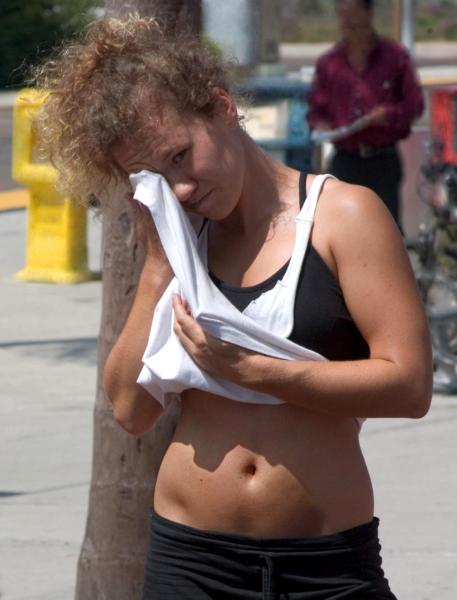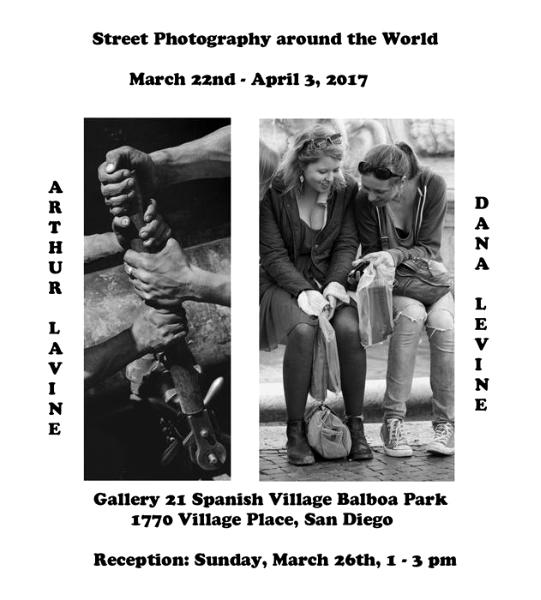I have been thinking a lot about portraits lately because I will be giving a talk on the subject at UC San Diego in June. A good portrait is a revelation; it gives us insight into the heart and personality of a person. But.... my premise for the lecture will be that it also reveals much about the artist.
Velazquez
Velazquez went to Rome
in the mid 1600's seeking a commission to paint Pope Innocent X. He waited
months for an interview. During this
time, he painted a portrait of Juan de Pereja, his slave and assistant. The portrait conveys an overwhelming sense of
human dignity. Pareja is treated with the same respect and solemnity as a royal
portrait.
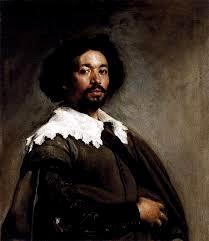
Picasso
Picasso was famous for injecting his personal feelings into his work. We are seeing someone through his eyes and,
at the same time, we are seeing Picasso by the way he presents his subject. For example, for his famous portrait of
Gertrude Stein, he was criticized for not depicting her as she was. He responded that he painted her as she would
become. And indeed she did grow into her portrait! At the beginning of his
relationship with Dora Maar, his lover is shown with brilliant colors,
"which joyously convey the radiance of her youth". Later, at the end of their relationship, her
anguished feelings leap out at the viewer in his painting, The Weeping Woman. Similar colors, but entirely different
expression by the artist of his subject.
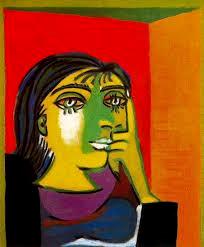 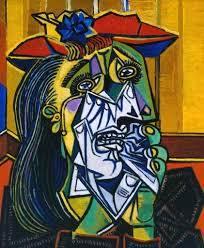 Toulouse
Lautrec
Toulouse Lautrec painted the
can-can dancer, Jane Avril, many times.
Lautrec wasn’t simply interested in her as a figure from the world of
dancers and prostitutes; he found in her noticeable eccentricity a
correspondence to his own physical defects.
Here, Jane Avril stares out at the world with confidence; her gaze
demands our attention As one
contemporary remembered, "She was proud. She didn’t know how to cry, nor
beg, nor apologise."
Otto Dix
Otto Dix, the 20th Century German painter, was so supremely self-confident
that he painted himself in the same pose as Durer's self portrait. Dix didn't
just emulate an Old Master, he depicted himself as an Old Master. When the Nazis came to power, Dix was labeled a degenerate artist and he
lost his teaching job. And when Nazi Germany collapsed, he was drafted, promptly
captured, and ended the war in a French POW camp. A later self portrait
as a broken old man shows him without a trace of arrogance.
Richard Avedon The photographer, Richard Avedon, claimed, "My portraits are more about
me than the people I photograph."
His beloved younger sister, Louise, died at an early age and, afterwards, his photographs of slim, dark haired women permeated much of his work. Including, Audrey Hepburn. She was Avedon's muse in the 1950s and 1960s;
the likeness and reference to his sister is readily apparent.
Arnold
Newman
Arnold Newman chose to photograph Marilyn Monroe just seven
months before her death, not as a glamorous Hollywood
star, but as a confused, intoxicated woman. "She was a very troubled woman,
and I knew it immediately.....She was pouring her heart out with all her
troubles to Carl (Sandburg) ....I start taking
pictures of her, and then she said she couldn't sleep... She couldn't sleep at
night."
Francis Bacon
Francis Bacon painted wounded and traumatized humanity. His
subjects were distorted, isolated souls imprisoned and tormented by existential
dilemmas. About his series of paintings called the "screaming popes," Bacon says, “I’ve always been very moved by
the movement of the mouth and the shape of the mouth and the teeth. People say
that these have all sorts of sexual implications . . . I’ve always hoped
in a sense to be able to paint the mouth like Monet painted a sunset.”
If you have read this far, then you are probably wondering why
and what I choose to portray. My vision
can be found in Street Photography around the World, an exhibition I am having with the photographer Arthur Lavine. I love taking candid photographs of people going about their
daily business, unaware they are being observed and preserved. I hope you will be able to see in my work gentle humor and my take on the human condition. Here is one of a dancer on a rehearsal break.
Please come to our exhibition!
|




